A few weeks back, Extra Credits announced that it would hold its second ever Game Jam. Since I was very tempted to enter the pyweek 26 in October but in the end opted to build up some more gamedev-fu, I gave myself a little nudge this time and ventured to join this Game Jam.
I’m going into it, knowing that I have the skills to deliver a working, small game. The list of what I don’t know is long, most nagging though is definitely “Will I finish?”, shortly followed by “Can I even come up with an Idea?”. But hey, no risk no fun… And the risk of not finishing is mitigated by the experience gained.
During the jam I most likely won’t have much time, writing anything other than what relates to the game. But I’ll do my best to post screenshots and short texts from my progress in this blog post. Today (13. December 2018 @ 23:00 CET) the jam is launched with the announcement of the theme.
Update 17. December 2018
Never really got around to writing or posting screenshots since I started, but I made progress and even though it’s not polished, I actually created a game! My first one ever :)
A full write up of my way from idea to “finished” game will follow after the Game Jam ends…
Update 28. December 2018
So after some time has passed, I was glad, the game jam was over, but also wanted to do a write up of what happened and especially what I learned during this experience.
1. The first few hours – The Idea
Since the theme was only announced at 11PM local time, I was only able to brainstorm a bit and start a project with a base skeleton for it, before I had to get some sleep. The theme announced was: “PRESENT“, a very ambiguous theme, that left interpretations rather open.
I first started to chat with a friend of mine to get ideas going and was surprised, how fast a rough idea formed. I wanted to implement some sort of time traveling mechanic into it and it had to be driving around in a sleigh, shooting presents at houses (well chimneys at first, but we get to that later). I wanted to do as much as possible with procedural generation and I liked one of the challenges in the discord, to only use the colors red, green and white. So with an Idea in mind I went to bed.
2. Limiting the scope
I knew, that I’ll be confronted with unexpected hick-ups on my way and I wanted to keep the scope as small as possible, while planing how to tackle the project from beginning to end.
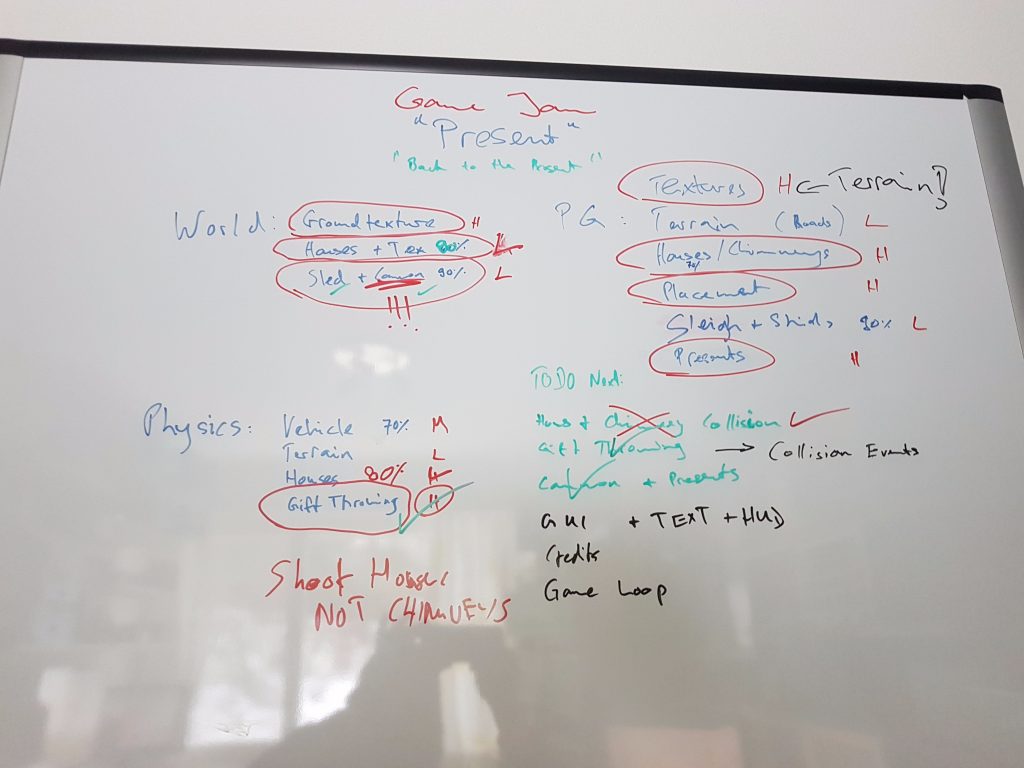
I didn’t take much pictures of my whiteboard, but it gives a good overview of what I thought I had to do to finish. The first 2 days I was trying to get my procedural generated shapes ready, while a friend of mine worked on a color palette to use, where only the red and green channels in the RGB spectrum was used, except for white (which requires blue). At around half time I realized, that it would be too complicated to only register hits on the chimneys and as you can see on the photo above, I decided to shoot at the houses, including chimneys.
This was an important decision, that most likely saved me several hours of work and even made the game play more satisfying. At the same time I had an Idea, how to implement the time traveling mechanic. The player needs to keep the sleigh at a certain speed to slow down time and if the player hits enough houses of “good/exceptional” children, the game could go on indefinitely.
3. Putting it together
When I was happy with how my sleigh, skids, houses and presents looked like, I figured I was about 70 percent done… Little did I know of fine tuning and polishing. An important lesson learned, was that even after limiting the scope, it most likely is still too big. When you think you limited the scope enough, strap out another 30-50 percent of what remains and put it in a “if there’s time left” list, if you’re like me, you won’t touch more than 10% of that list and your game still won’t look very polished.
Creating a game in such a short period of time is a daunting task and realizing after more than half the time available has passed, that you’re not half way can push you to give up fast. So preventing this situation is a very important step to take. As I saw from many other entries, it is much more satisfying to play a small but polished game, than a larger one that is rough on about every edge.
I still managed to get to an almost finished state, roughly 24 hours before I had to upload the final version, but wasn’t really that happy about the final product. In the last 24 hours, next to sleeping, I tested another entrants game and did some minor tweaking on mine.
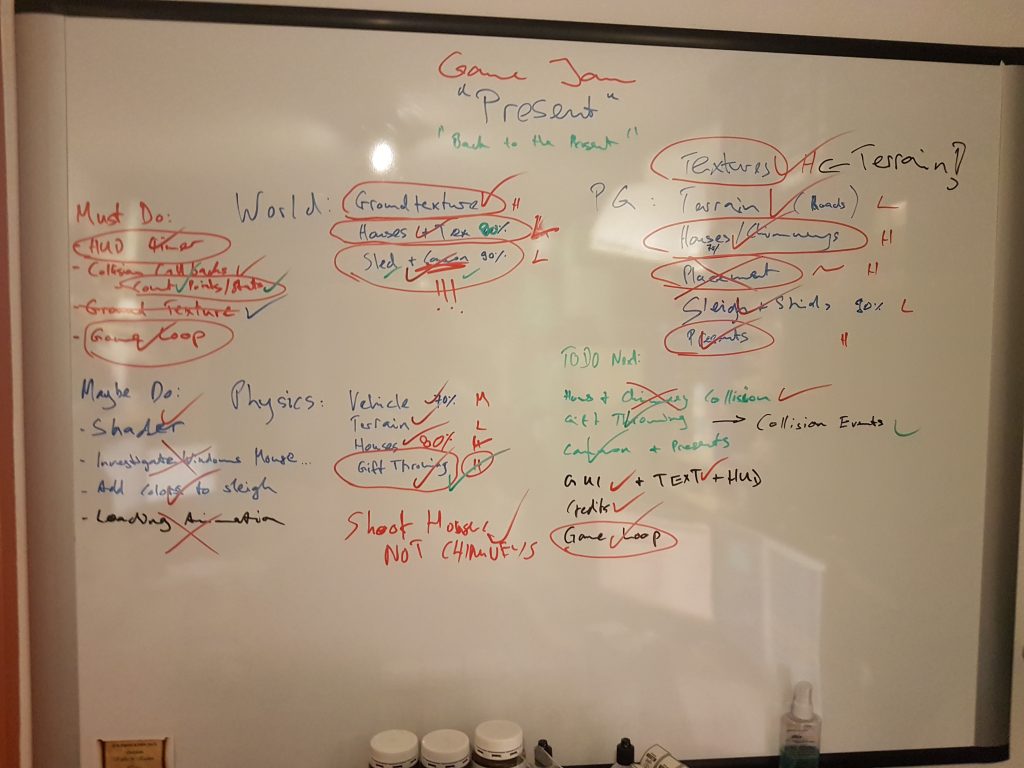
4. Conclusions
- Limit the scope and make plenty of time for play testing and polishing
- Stay flexible, if something just won’t work and takes a ton of time, change course, make a plan B/C/D/E… and forget about plan A
- Focus on solid game play mechanics and a polished look. It’s no fun to play a game that handles and looks weird or unsatisfying
5. Media
6. Play it:
My final, unedited entry can be found here
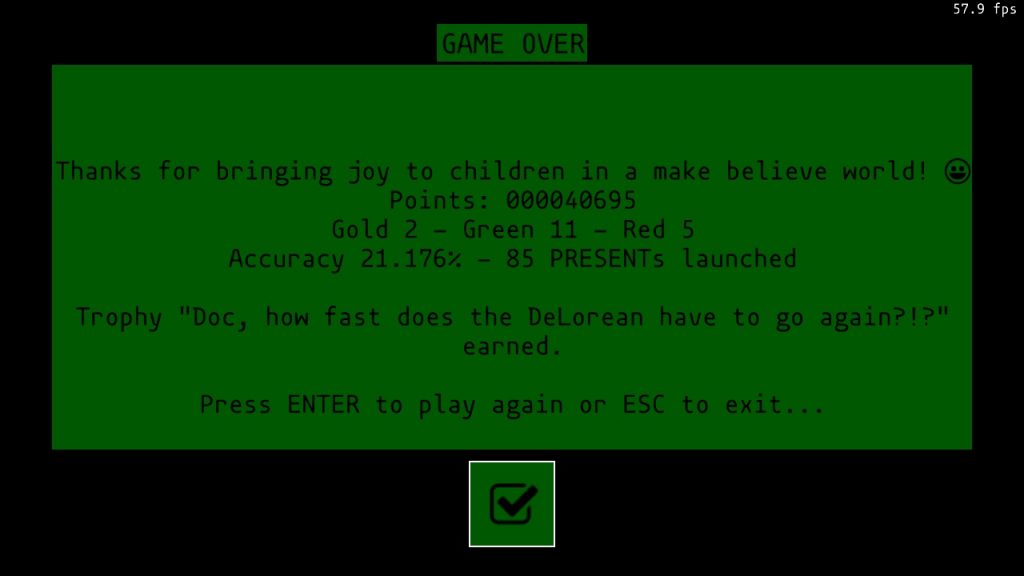
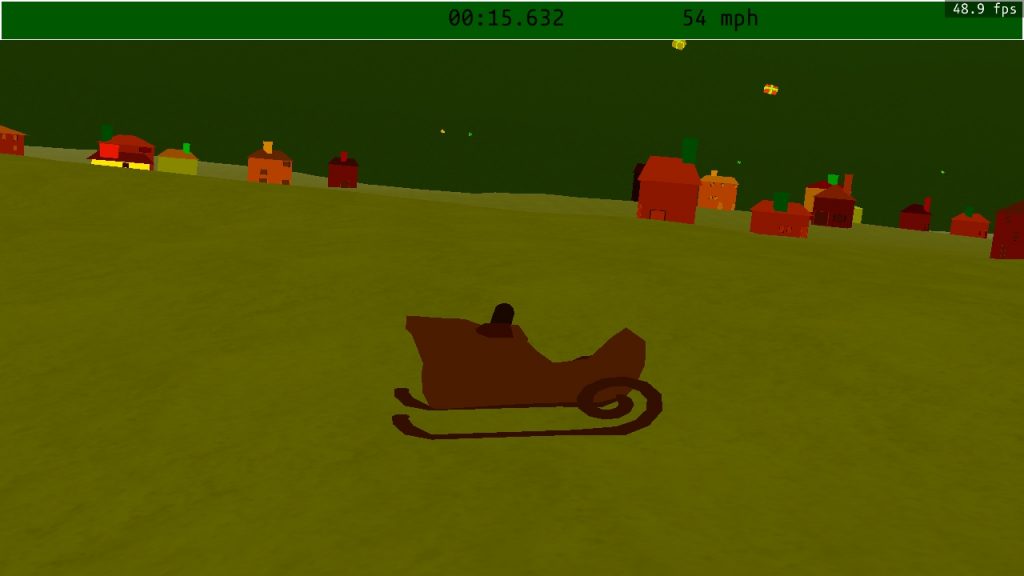
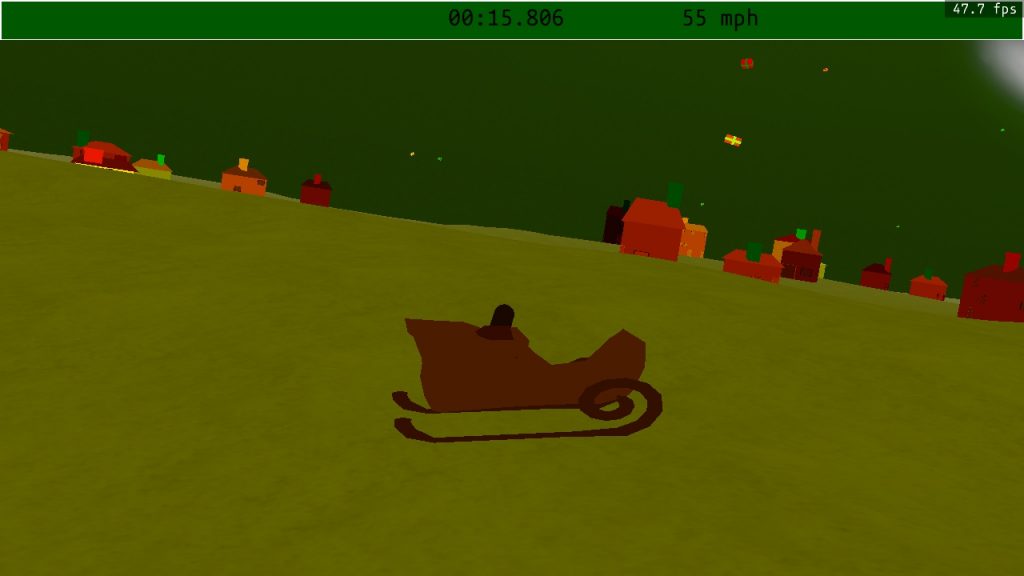
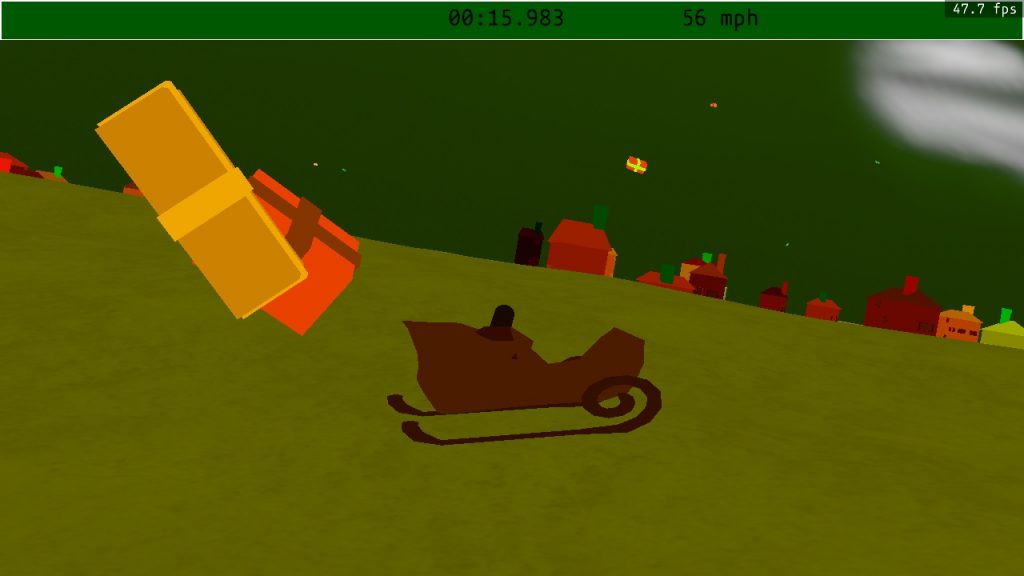
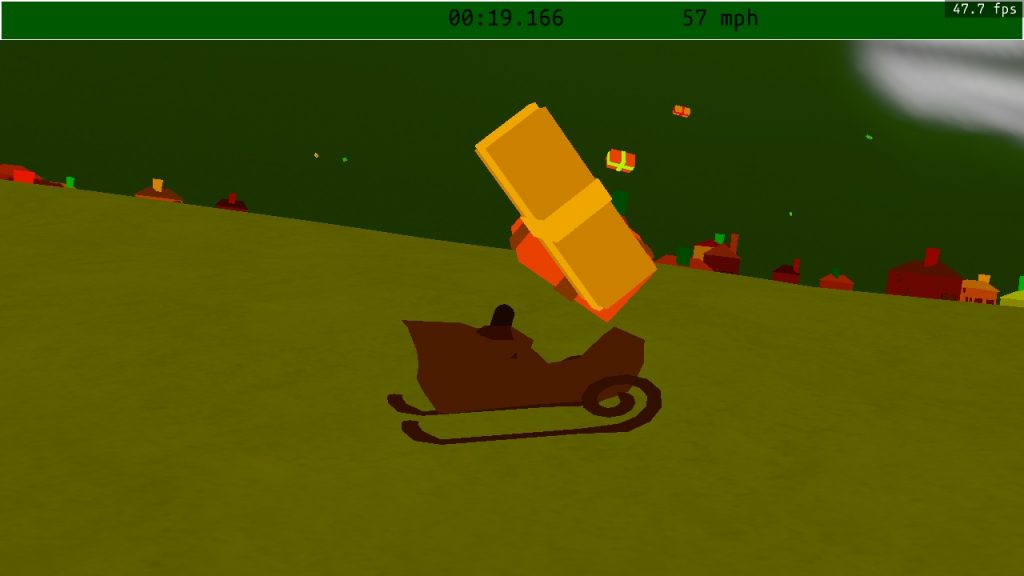
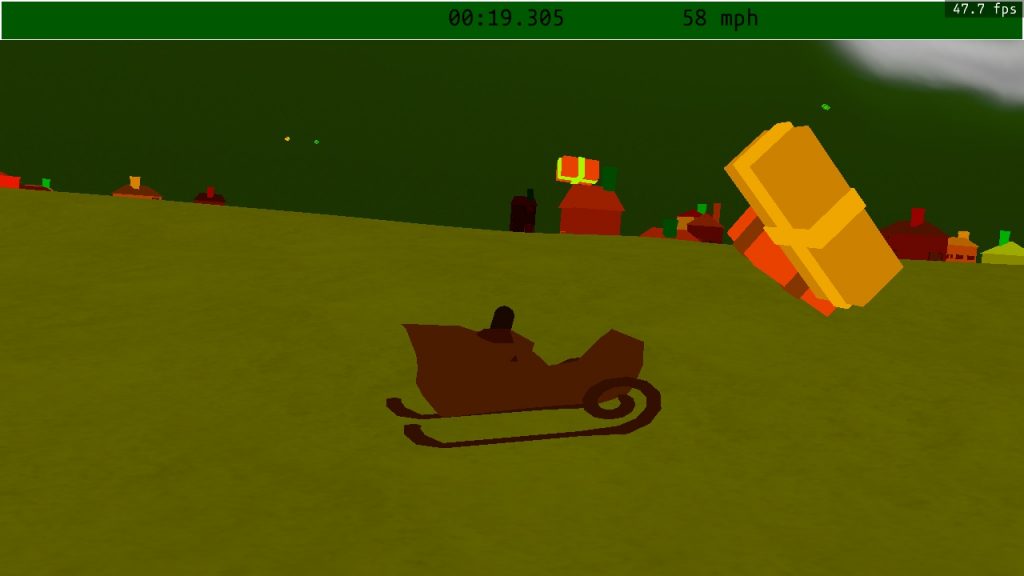
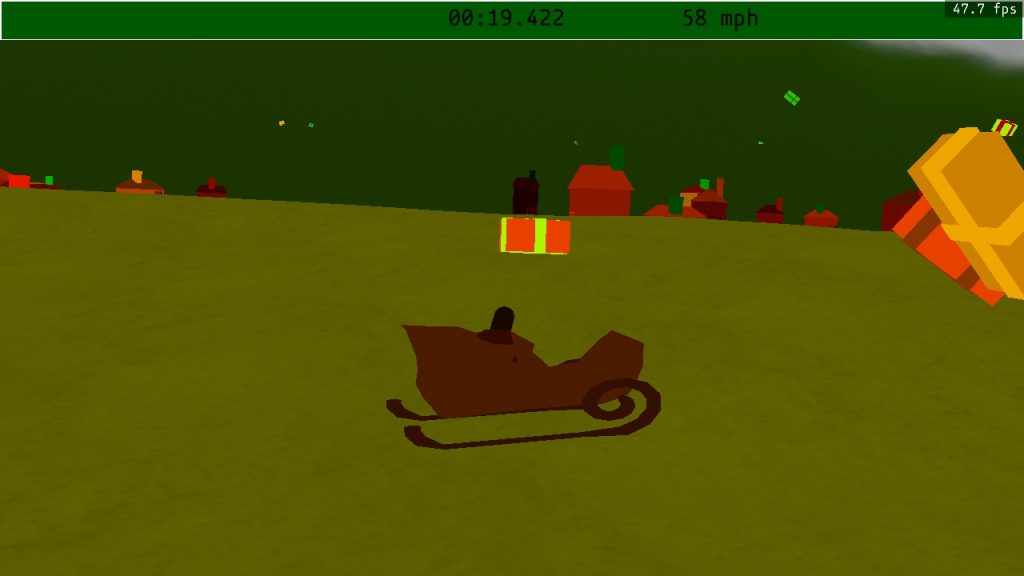
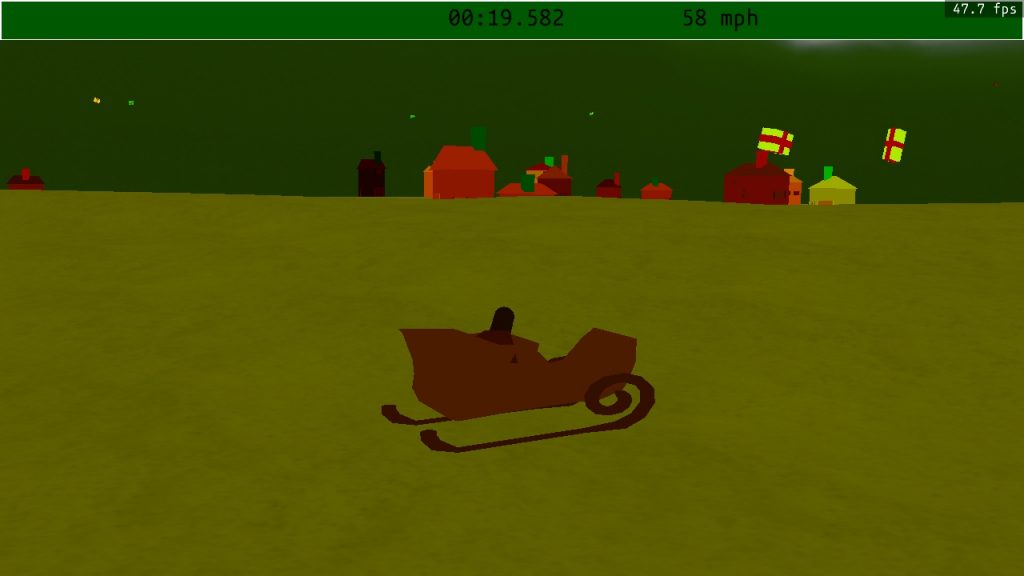
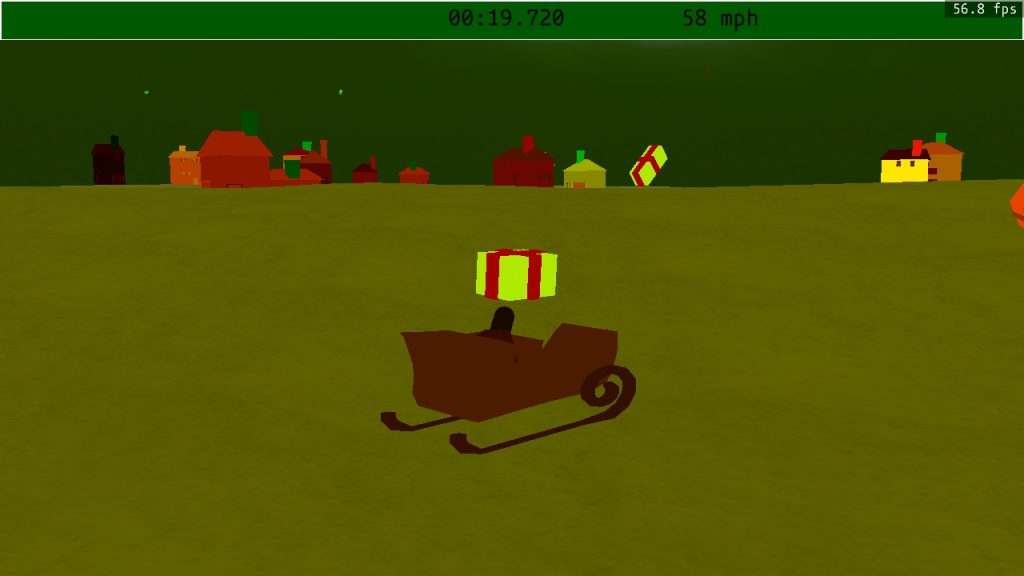
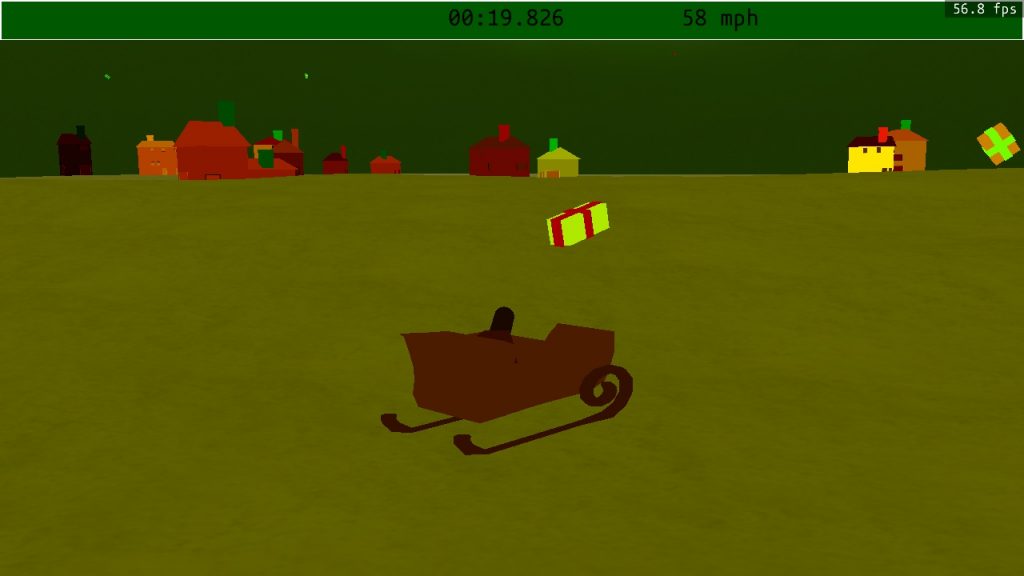
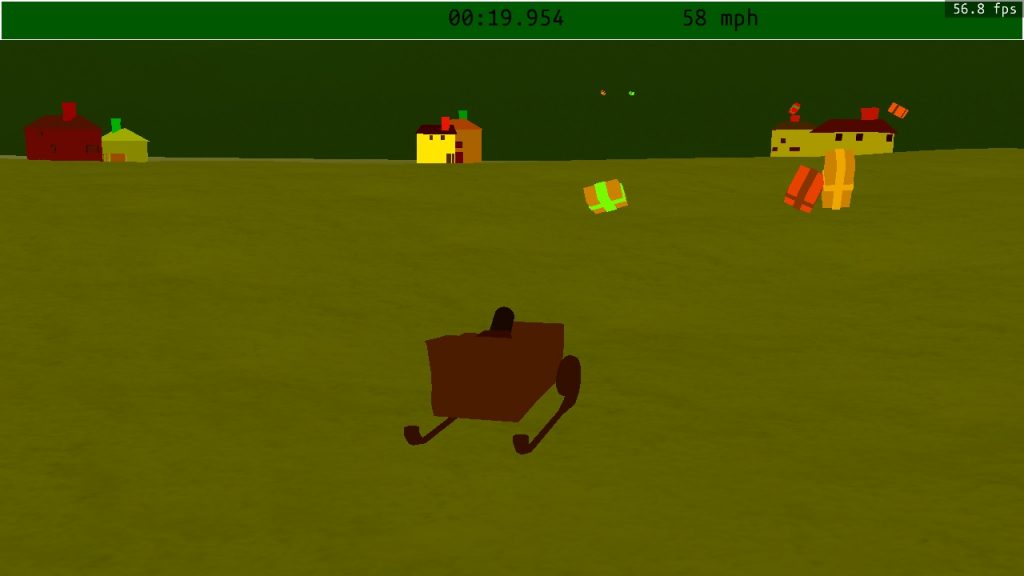
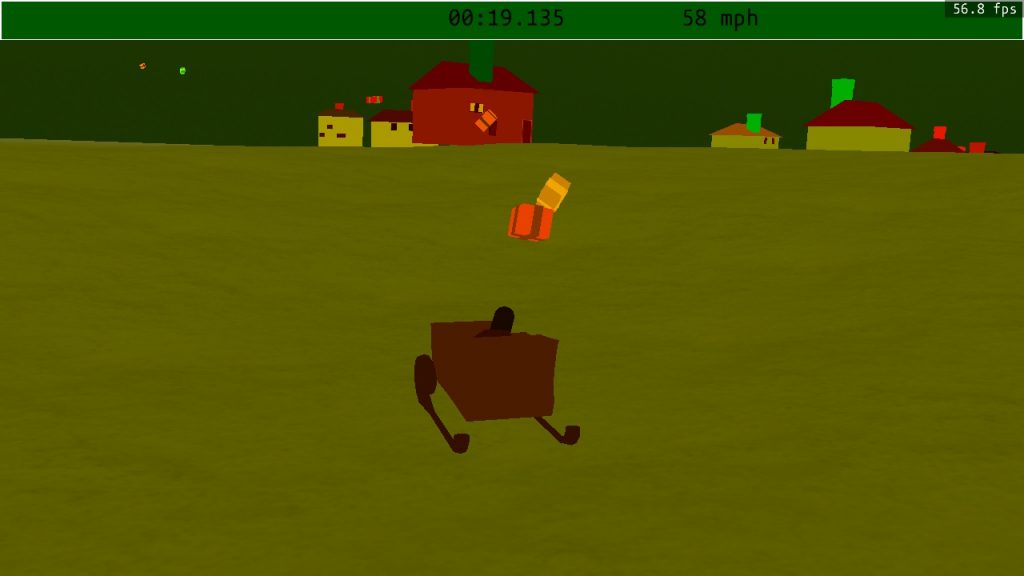
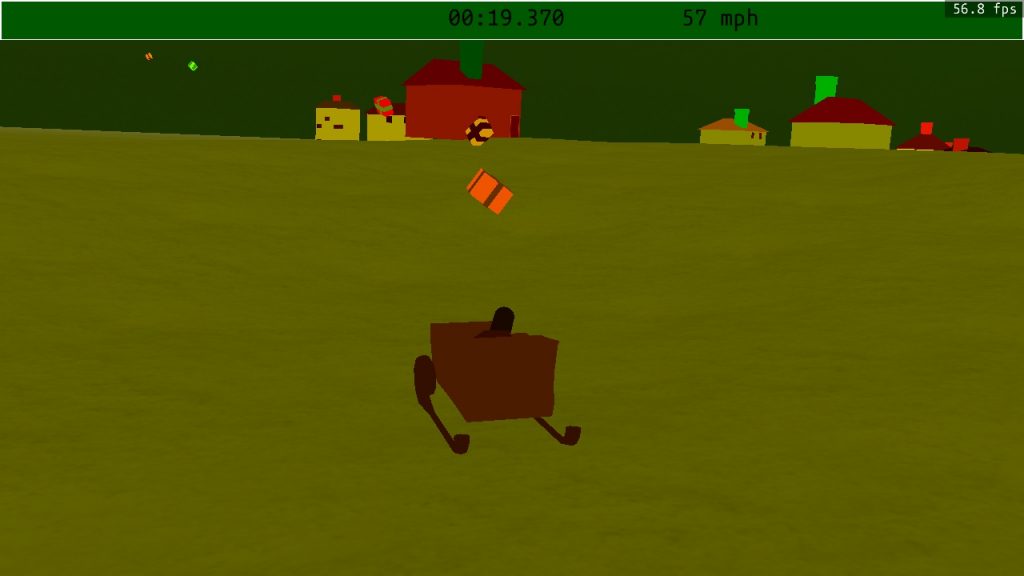
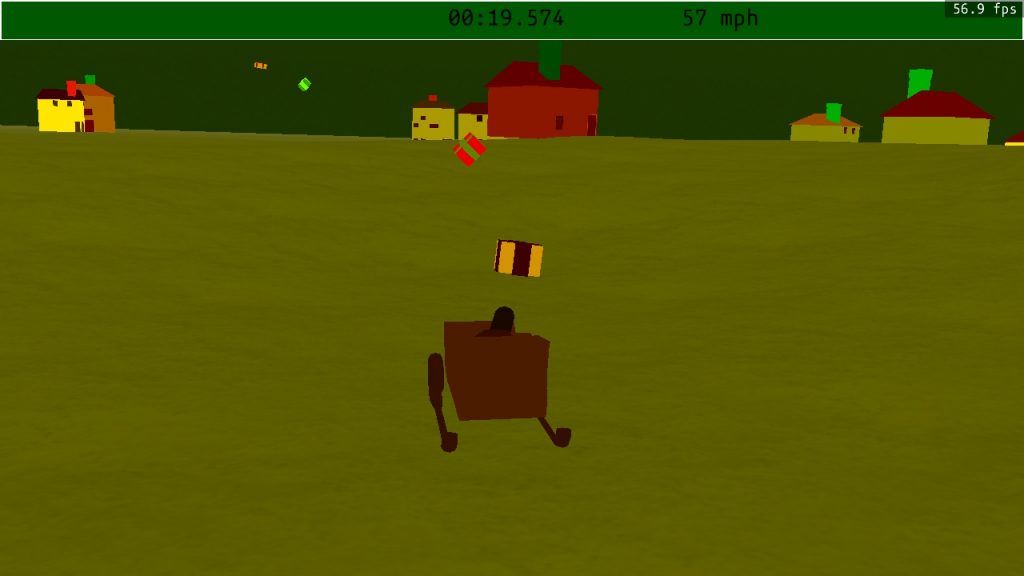
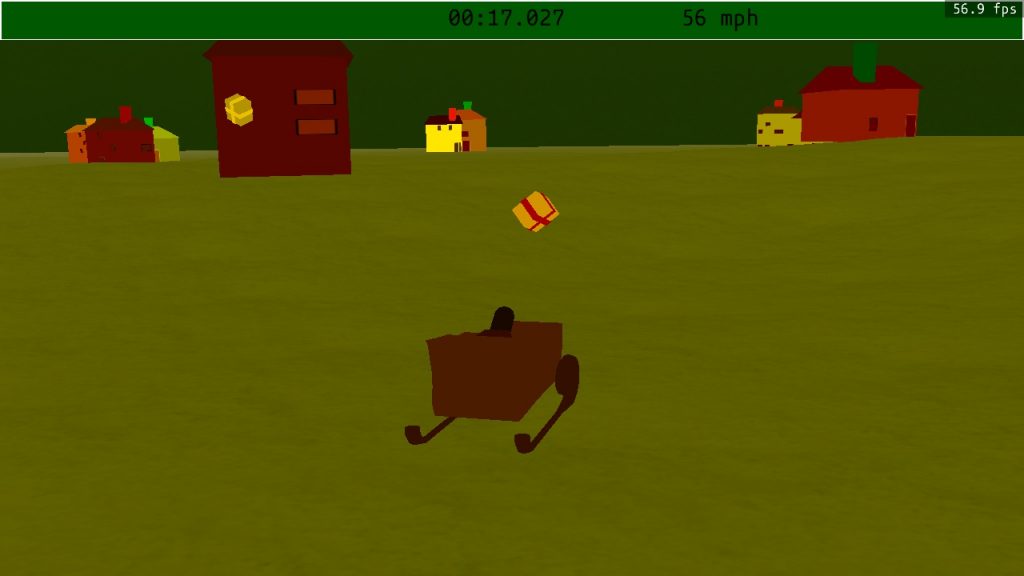
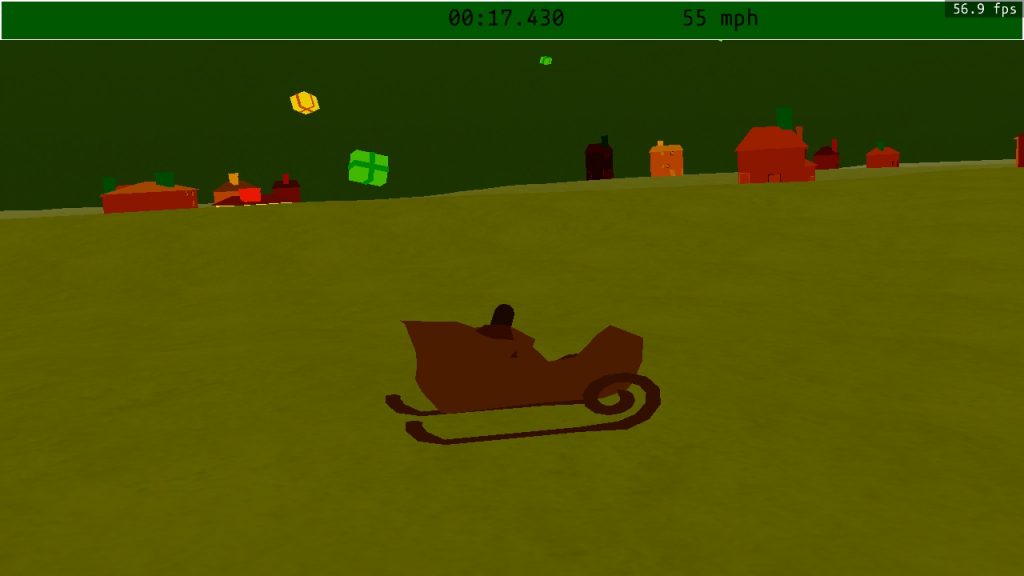
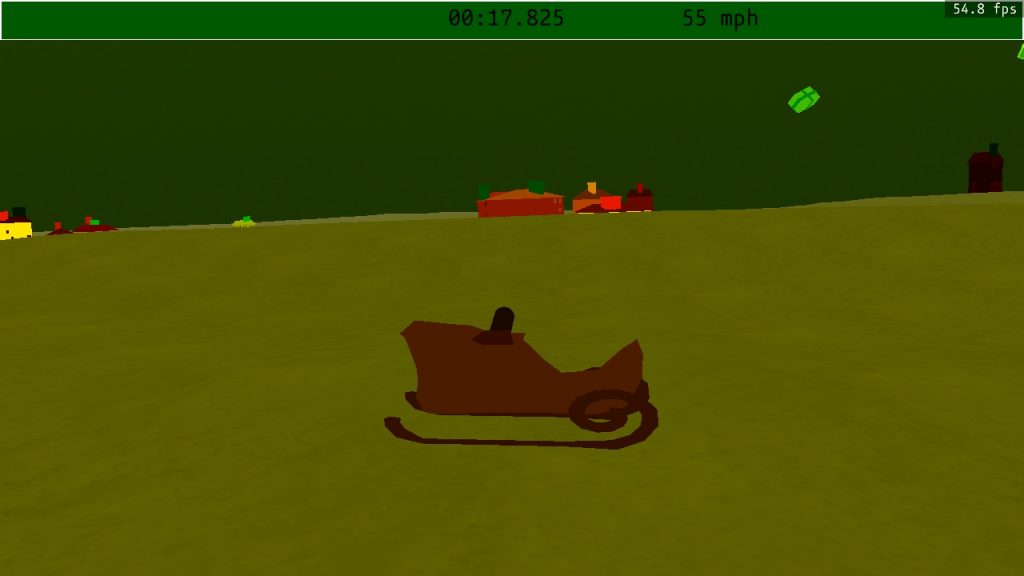
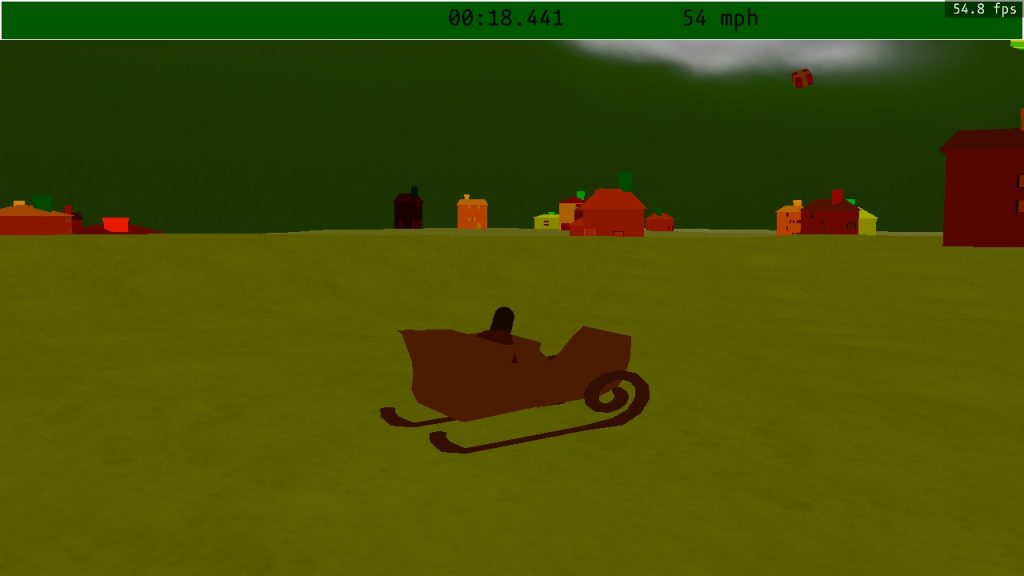
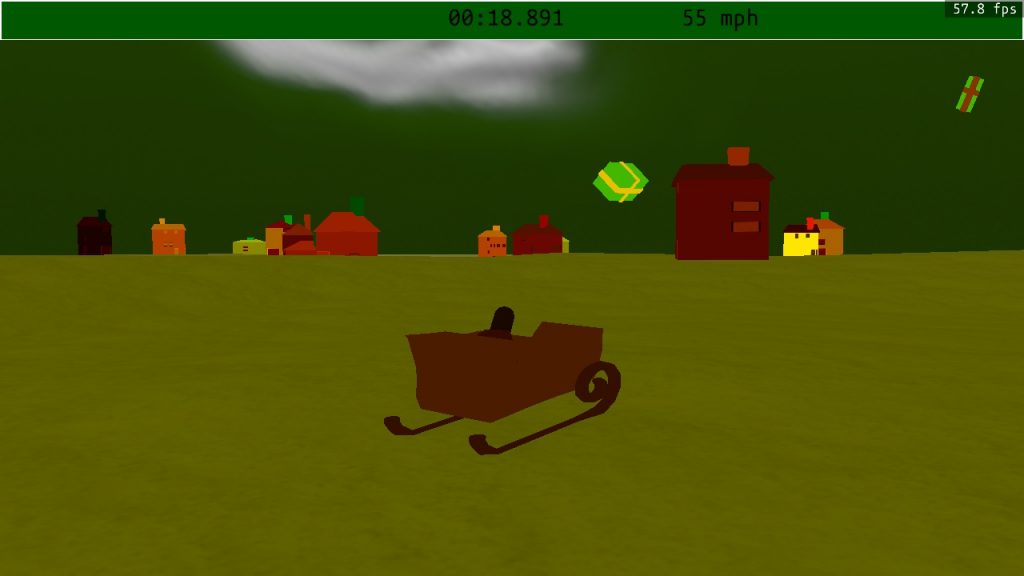
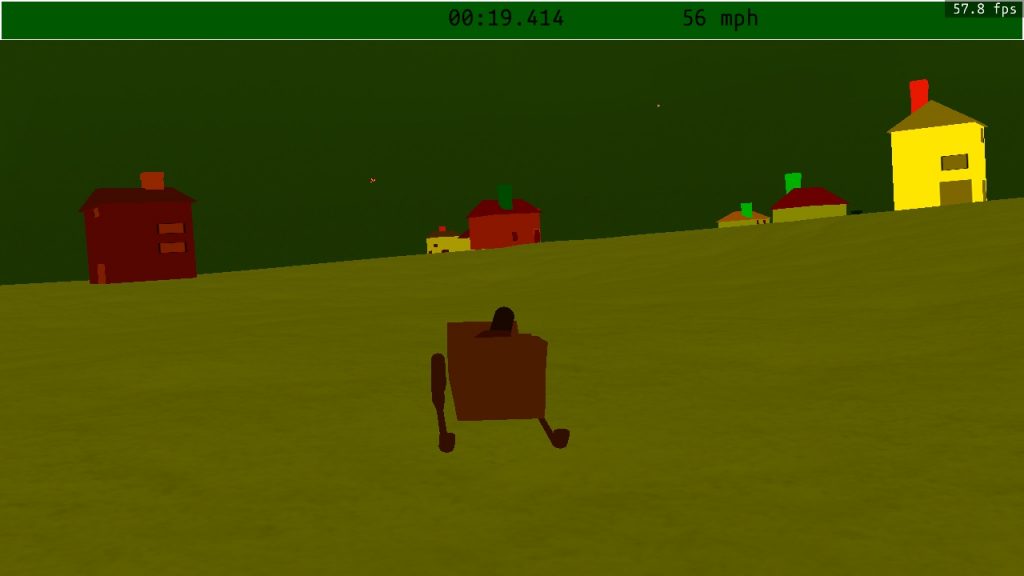
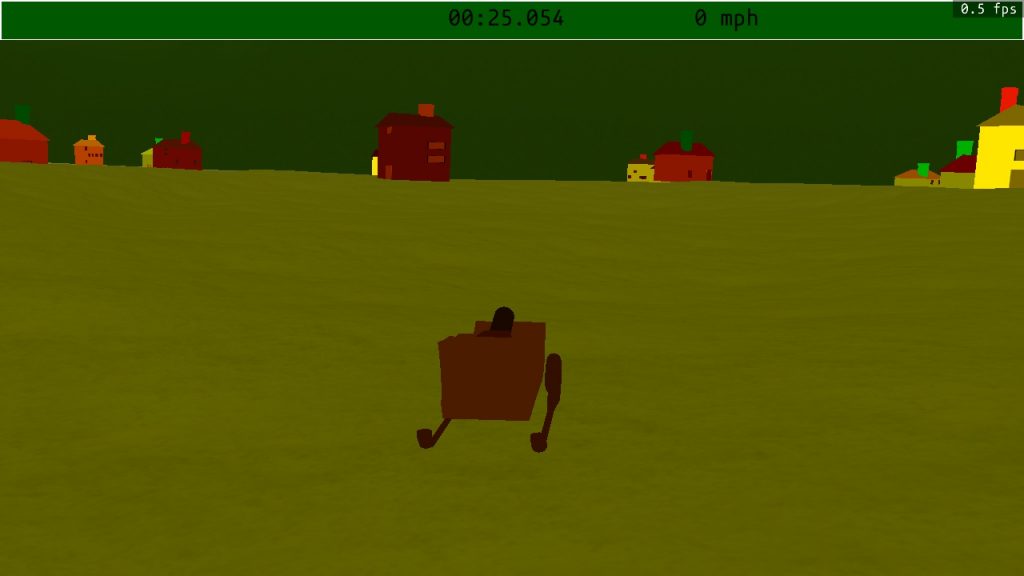
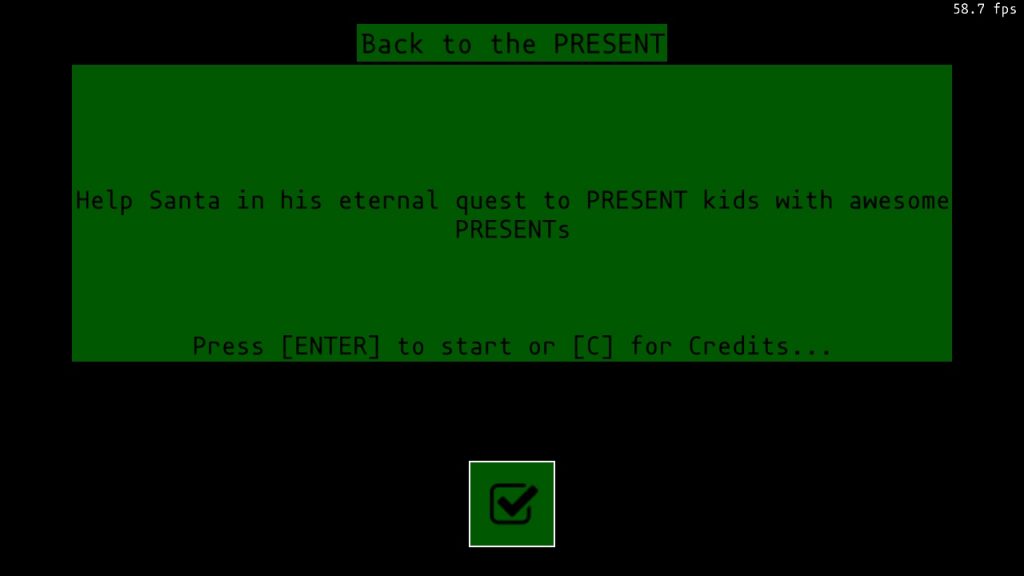

Pingback: procshape - A procgen library | tizis devlog